
I am not opposed to those policies buts its really important to understand the overall position. We must never forget the lessons of the Second World War, when we completely underestimated the strength of Japan and did not realise our own internal weaknesses.
Australia at the time believed that Britain would be its protector. But the UK had not sufficiently invested in its military infrastructure and was fighting Germany, so could not help us. In 2020 the situation is very different and we are alongside the US.
But according to the opinion polls, the US is going to swap a right wing president for a left wing leader. Nobody knows what that will mean. And there is a danger of an unresolved legal battle as to who is to be president if the result is close.
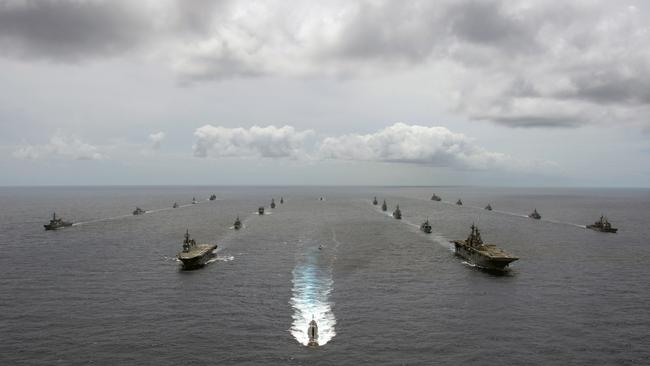
Chinese President Xi Jinping has been making stirring speeches to his defence forces and seems to believe that any change of leadership in the US is a good time to put more pressure on Taiwan.
I have no idea what he is going to do and I will not speculate. But there are two aspects of this situation where we know the facts and do not need to speculate: submarines and the Australian balance sheet.
We all know the Australian submarine situation but it is worth understanding at least some of what the Chinese are doing in this area. The massive Bohai Shipyard located at the Huludao Port, on the northern coast of the Bohai Sea, has spearheaded China’s nuclear powered submarine expansion
In 2016, Bohai erected a massive 40,000 sqm covered shipbuilding factory to build at least four (and maybe six) nuclear submarines at once, away from western satellite surveillance.
The first submarines from the new facility, which are now coming off the production lines, are molten salt/thorium nuclear missile carrying submarines. It appears they have none of the risks of conventional nuclear power and are designed to be difficult to detect and to destroy surface targets – including ships like frigates and aircraft carriers – with deadly precision.
Its highly unlikely they will attack our ships at this stage.
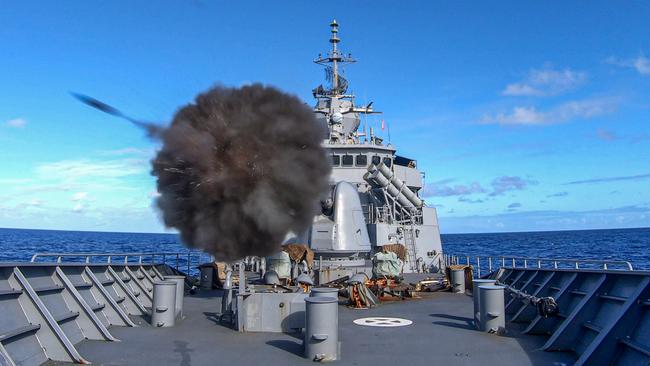
Fit for purpose
But longer term we need to be certain the Americans have the answers. Indeed as I pointed out on Monday, we need to have independent people look at not just at our conventional battery driven submarine adventure but our total military equipment situation, which was not designed for the dangers we now face.
Then we also need to look at our balance sheet. In the budget documents treasury is telling us that on their sums, our GDP will rise from its current base level of around under $2 trillion to about $3 trillion in 2031, expressed in 2031 dollars (to make comparisons difficult). At that time our debt will be about $1.8 trillion – close to the level of the current GDP.
Assuming that we grow GDP at between 4 and 5 per cent then in 2031 we will get the GDP to the higher levels and leave us in the vicinity of 55 to 60 per cent borrowed.
For us to achieve that level of growth will require lots of trade with China. We can develop new markets but they will need to be very good if China cuts us off. At the moment China is “playing” with us by curbing coal, wine, beef and other Australian exports perhaps thinking they can bring us to heel. As we can see it has had the opposite affect on Australians and makes us more determined to maintain current policies.
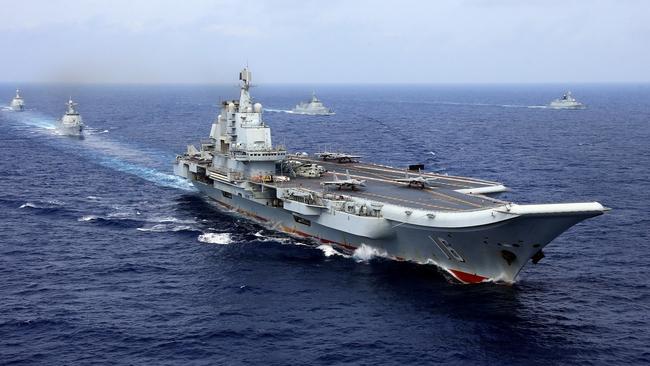
Knowing our capability
If we are going continue on the current path we first need to understand our strengths and weaknesses. And the first weakness is that the US has a lot of work to do to adapt its defence forces to the South East Asian situation. But they do understand the problem, which is good news. On the other hand they have leadership instability.
We have leadership stability but we face an adaptation task that is even bigger than the US. Sadly we don’t recognise it.
And we will have to get smarter with the allocation of dollars because we are no longer a nation that has no debt. Our balance sheet has taken a huge hit and is vulnerable to a further hit if relations with China deteriorate.
At least in our public pronouncements we have not even got to first base in recognising the dangers and the adaptation required.
And finally a thought from left field that will generate much opposition. China via its military and its power generation is a world leader in molten salt nuclear technology. It's a far lower risk form of nuclear generation. We should look more closely at it — perhaps we could talk to them but that might be going too far.


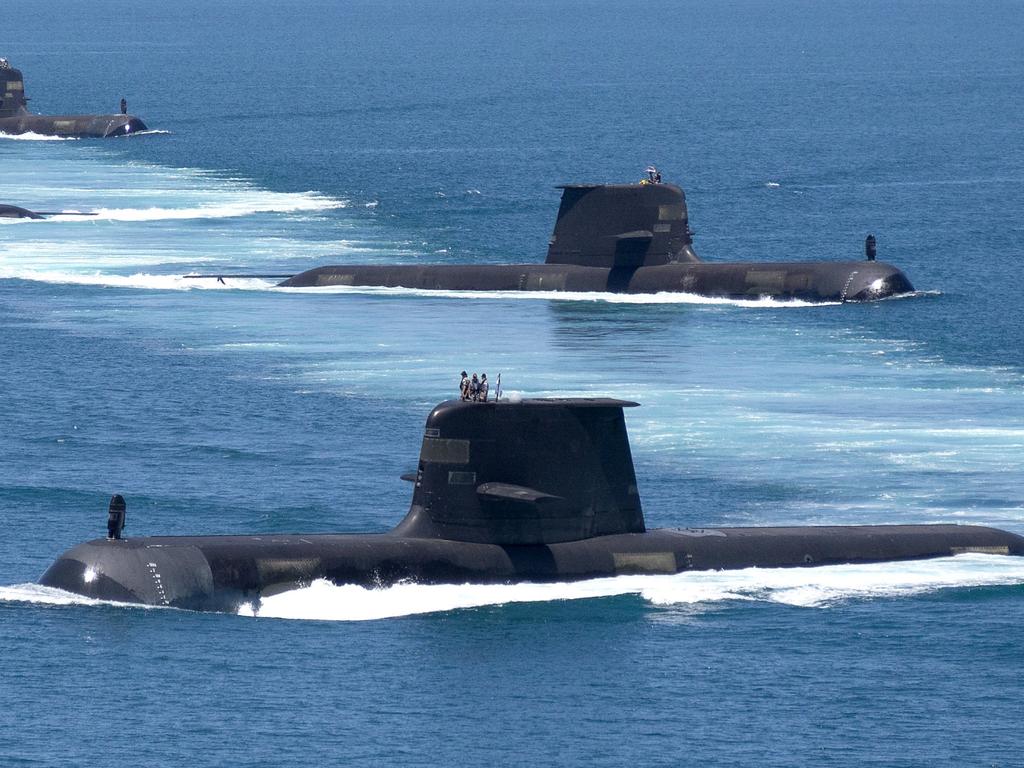


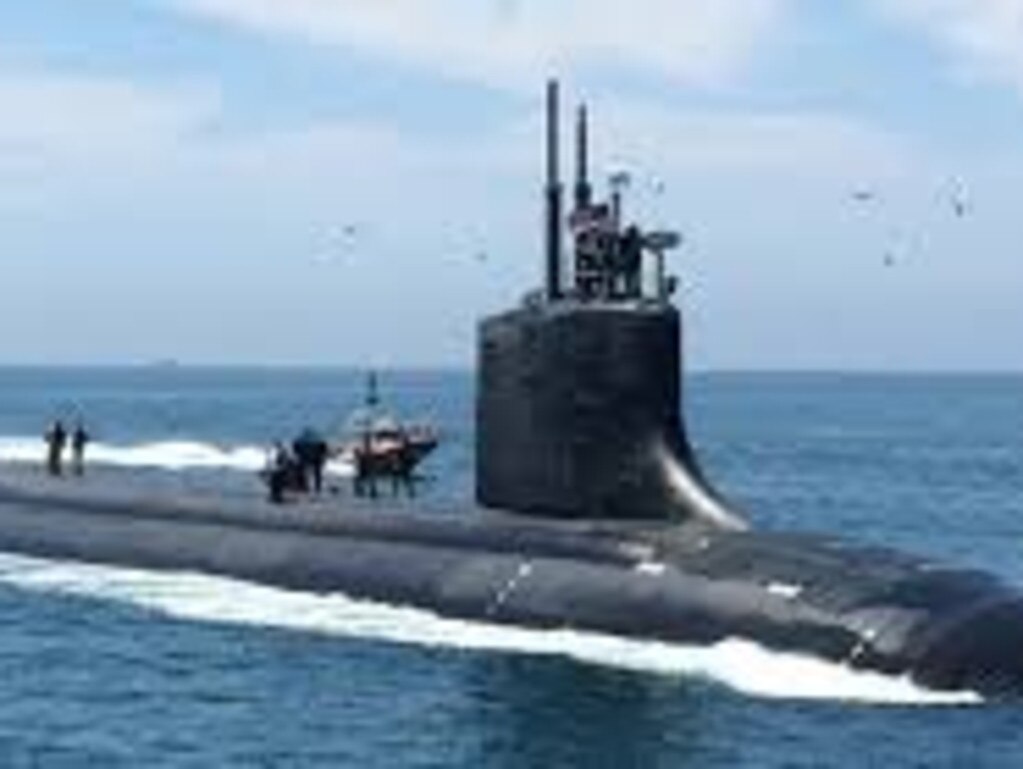


The Australian nation is right behind the Morrison government in conducting naval exercises with our allies in the South China sea. They also support the government in its attacks on China over human rights.